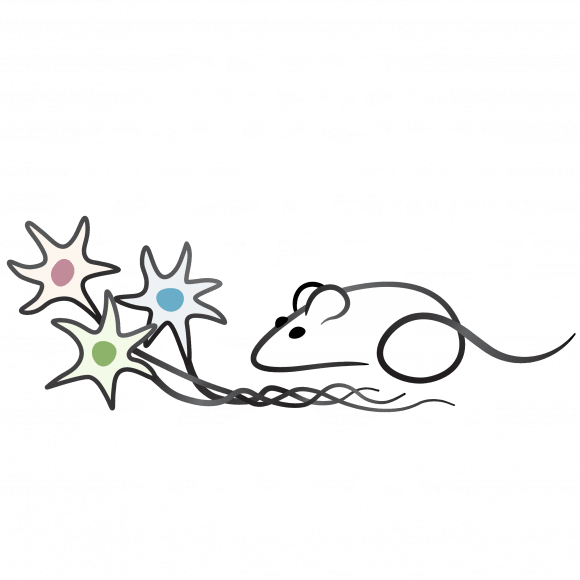
We view the brain as an adaptive behavioral-pattern generation system implemented through a neural-pattern modification process, which incrementally builds solutions using a set of rules/heuristics that we wish to discover and explain. We utilize free-form spatial exploration tasks for mice in virtual reality.
We are fascinated by how brains learn and generate a seemingly vast spectrum of context-dependent behaviors on the fly, to survive in a complex and uncertain world. This remarkable adaptability relies on three core functions of the brain that enable: (1) exploration to form knowledge of world structure; (2) strategic exploitation of located resources; and (3) inference of hidden contexts that may differentiate outwardly similar environmental conditions. Our lab dissects behavioral and neural mechanisms that underlie these three functions in the tractable mouse model system, using a virtual reality framework to capture the essence of the complex and heterogeneous scenarios that animals typically face when seeking rewards in naturalistic environments.
We are specifically interested in free-form cognitive behaviors, by which we mean behaviors that do not have strongly constrained task structures, but where many different “solutions” can be found by animals to satisfy their internal drives. A ubiquitous example of such free-form behaviors is spatial exploration, particularly in rich and/or complex environments where the animal is faced with many possible options for where to go next, and each decision modifies the set of feasible choices in the future. Even in a simple open-arena environment, rodents exhibit quasi-random exploration patterns that eventually cover the full space. In environments with more complex obstructed geometries, a blindly random strategy can be highly inefficient in covering space, and what interests us is how animals can use knowledge gathered via exploration to modify the statistical distributions of their future exploration patterns. From a dynamical systems perspective, we aim to understand these hallmarks of brain mechanisms that are qualitatively dissimilar to most if not all human-engineered systems: (a) the ability to adapt actions to irregular and uncued timings; (b) to compose on-the-fly novel action sequences that may then be repeated or innovated upon in the future; and (c) to control and modify its own neural dynamics presumably without any explicit information about its own circuit connectivity. From an artificial intelligence perspective, we find amazing these functions of the brain that act like a program that can edit itself.
We are experimentalists in pursuit of data that surprises and inspires, with the philosophy that the end goal of experiment is theory. Our projects aim for a fast turnaround of the experiment-hypothesis loop of the scientific method, either within the lab or in tight collaboration with others. Quantitative models play a key role in how we believe that findings should be conceptualized in a precise, falsifiable language. To Feynman's famous quote "What I cannot create, I do not understand", we would add a postscript that "create" should not mean to replicate any one system, but rather to understand how to produce the class of systems to which it belongs, including principled variations on the theme. And most importantly, we aim to have fun etching out trails into uncharted territory!
For updates and details on the lab's research, please visit https://koaylab.org
♦
We are currently looking for fellow adventurers: postdoctoral scientists, and PhD students through the Johns Hopkins / Janelia graduate program or graduate research fellowship program. If any or all of our research directions resonates with your interests, please apply here.
